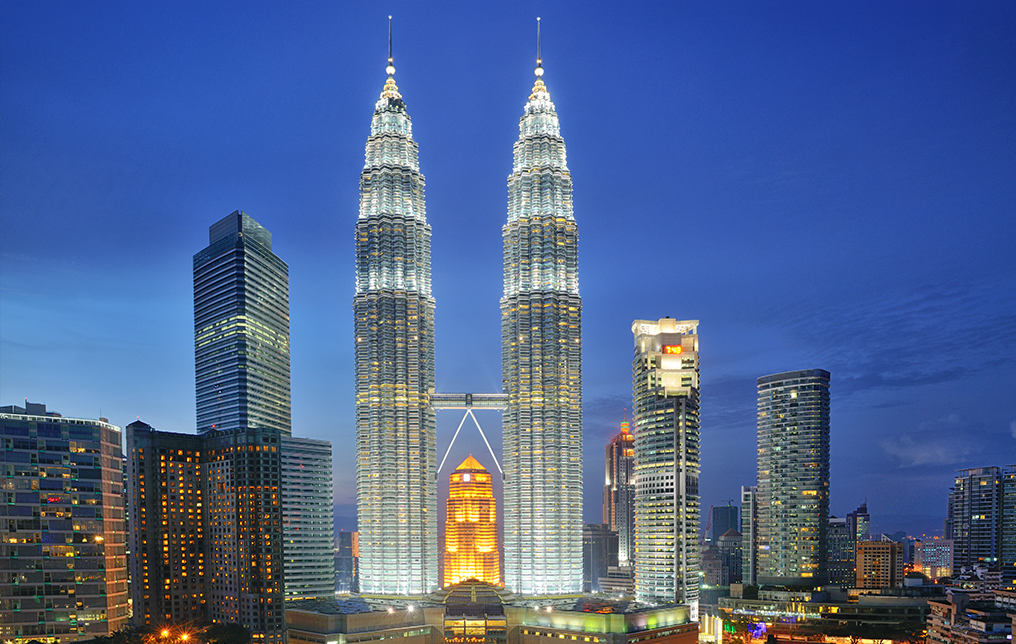RIO DE JANEIRO, BRAZIL – Crude oil flows from Malaysia to independent refiners in China witnessed a dramatic surge of more than 70% year on year in January, helping the Asian supplier to displace Brazil from the second spot, while Russia held on to the ranking as the top supplier even with modest growth in volume.

The growing interest in Malaysian blends reflects the flexibility of China’s independent refiners in embracing blended crudes.
Total imports from Malaysia were up by 76.4% year on year. It was up 35.7% from the December 2020 level. Malaysian inflows comprised of bitumen blend and Nemina blend — all blended grades but not necessarily produced in Malaysia.
In January, a total of 1.42 million mt of bitumen blend arrived into Shandong in 14 cargoes, mostly by small trading companies, with some names unheard of prior to this. Trade sources said those trading companies seem to be constantly changing names.
January imports of bitumen blend were 6% lower from the December level of 1.5 million mt — the highest in 2020. In addition, six cargoes of Nemina blend totaling 1 million mt were brought in by ChemChina and trading company Lawen Namu.
Just like bitumen blend, Nemina blend can be made from a basket of crudes from various origins.
Combined imports from Saudi Arabia, Iraq, the UAE and Oman have continued to play an important role in independent refineries’ feedstock portfolio.
In January, around 6.52 million mt of crude arrived from those countries, up by 113% from 3.06 million mt in December. It accounted for about 40% of the supplies from the top 10 suppliers in January, compared with just 29% in December.
Saudi Arabian grades, totaling 2.17 million mt, were entirely taken by Hengli Petrochemical (Dalian) Refinery and Zhejiang Petroleum & Chemical. But many Shandong independent refineries preferred to import some of the other Middle Eastern grades, such as Oman, Upper Zakum, as well as Basrah Light, in January.
Imports of Middle Eastern grades are set to continue to rise this year, with the start-up of ZPC’s 20 million mt/year Phase 2 project, and feedstock preparation ahead of the mid-2021 start-up of the 16 million mt/year Shenghong Petrochemical refinery in Jiangsu province.
While imports from the Middle East continued to rise, inflows from Brazil and Angola continued to slow down.
Imports from Brazil and Angola will likely continue to fall in the coming month, given their less competitive prices, according to sources.
Source: S&P Global

